Security
While instability has been a recurring theme in the Sahel and West Africa, violent events have become more frequent and deadly in recent years and their underlying dynamics have grown increasingly complex. Regional co-operation dynamics, trade, and free movement are therefore played out in a more precarious and unstable context, to which policymakers must adapt. They require accurate information to better understand these volatile dynamics and their geographical dimensions, in particular how decisions made at different levels of governance can impact events across different territorial scales, whether local, national or regional. To support the region’s policymakers, SWAC will continue to produce innovative spatial analyses that provide novel insights into regional security challenges.
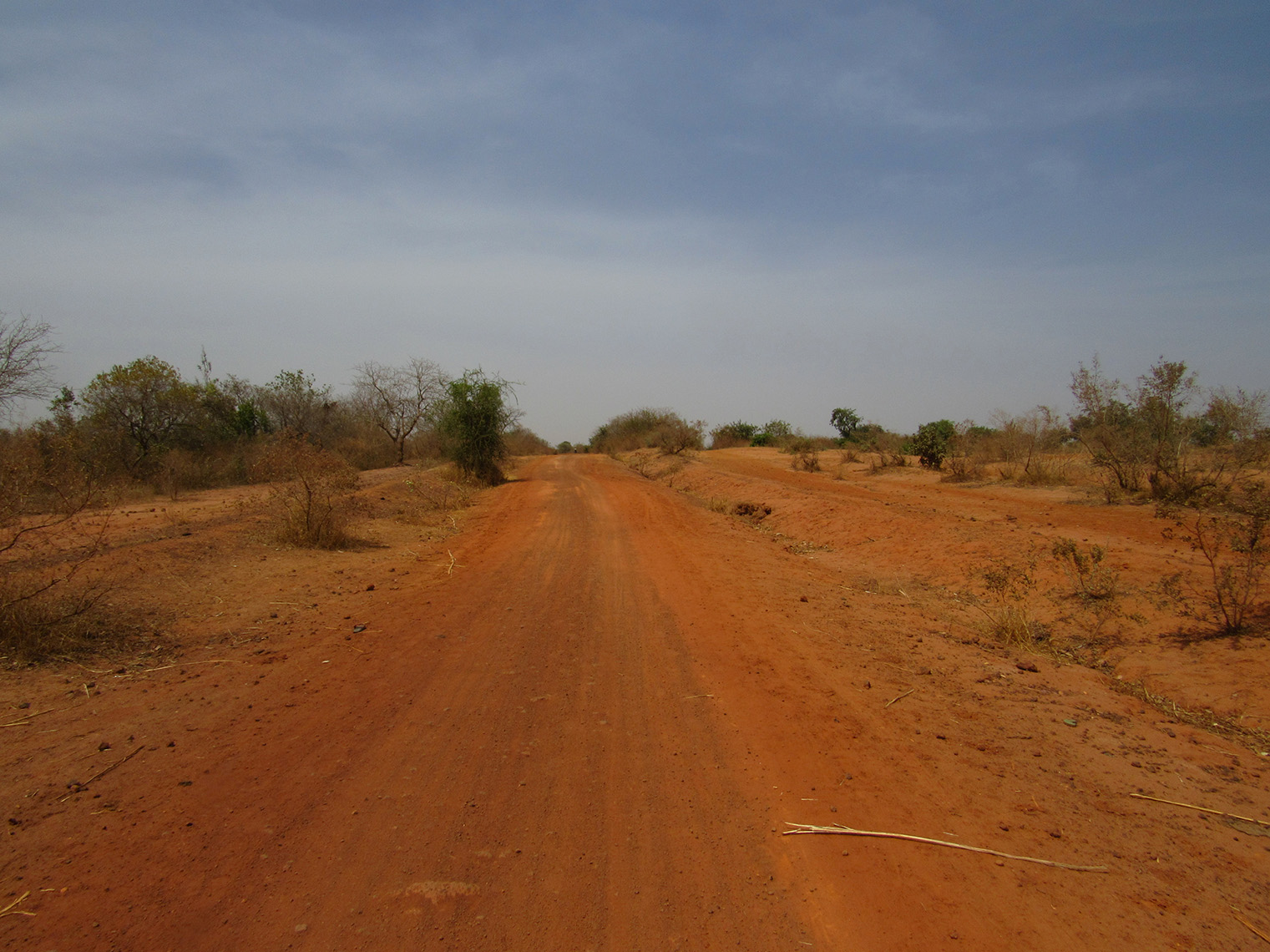
The geography of violence in North and West Africa — a focus on borderlands
Violence in North and West Africa is far from homogenous geographically, with violent events increasingly occurring in borderlands. Find out more.
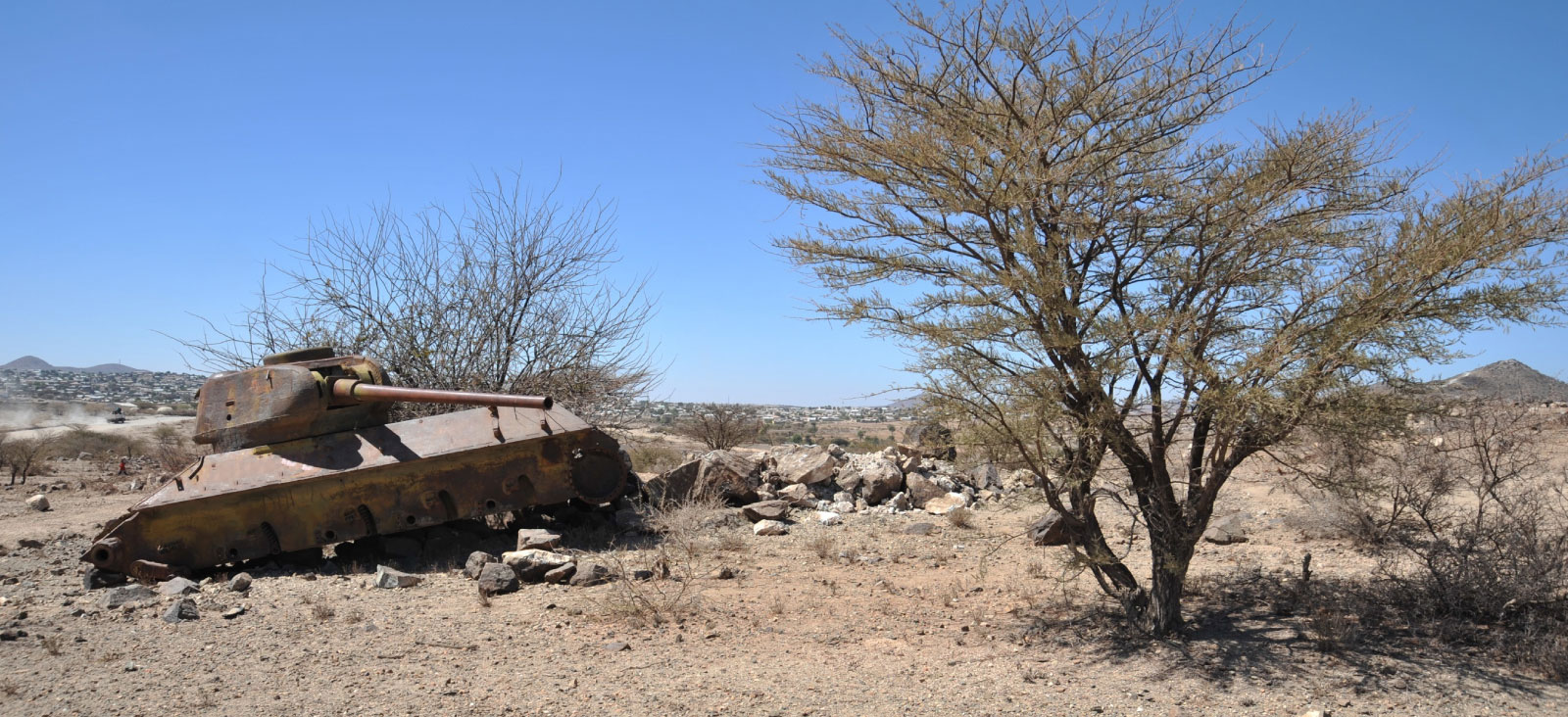
Political violence is moving away from cities in North and West Africa, even as urban populations continue to grow at an unprecedented pace in the region. More than half of the violent events observed in 2021 took place in rural areas, against 20% a decade ago. The emergence of Jihadist insurgencies in the Sahel and its southern peripheries explains this ruralisation of conflict that affects a growing number of civilians and border regions. Find out more.
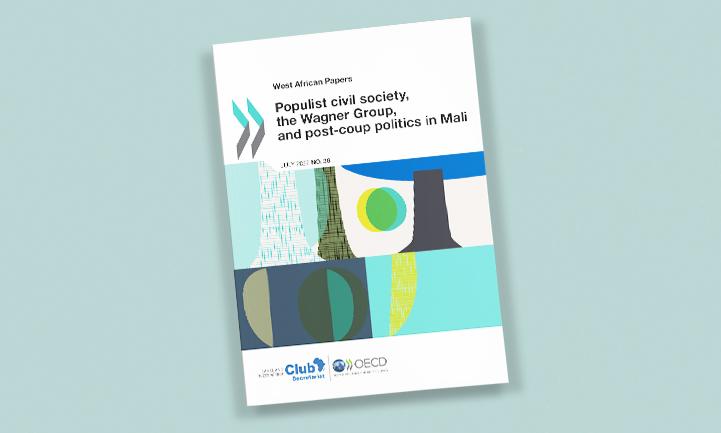
The military coup of August 2020 upended Mali’s fragile liberal democratic order. The junta-led transitionary government defies international pressure to fasten the return of democratically-elected rulers and constitutional rule. The ability of the junta to shape the course of Malian politics rests on two interconnected pillars. First, there is public resentment towards the post-1991 political class and France’s military involvement in the country. The forces representing that resentment view the junta as change makers and have formed influential political organisations that oppose there turn to the status quo ante. Second, there is the security co-operation with Russian mercenaries, which provides the transitionary government with an alternative security partner. The paper traces the origins, evolution, and the future strength of these pillars. It concludes by outlining future political scenarios and the future role of the military in Malian politics. Find out more.
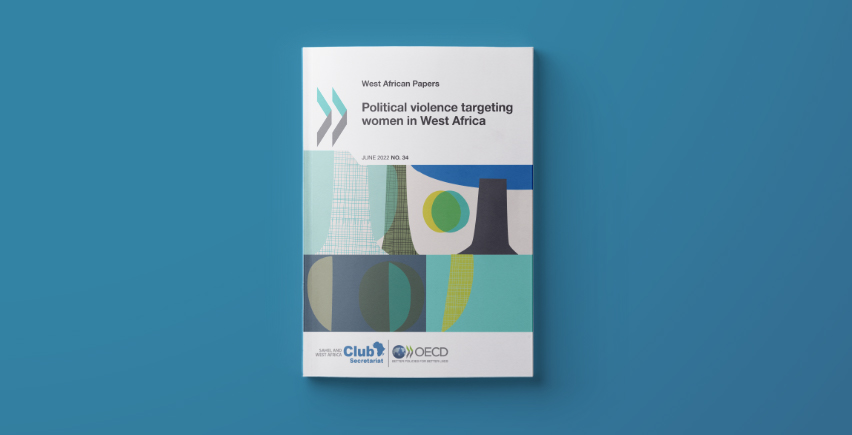
Women around the world are facing unprecedented levels of targeted political violence. This is also true in West Africa. Women can be targeted in a myriad of ways, by an array of types of perpetrators, during and outside of periods of conflict and contentious crises. The result though is consistent: such targeted violence has worrying implications for women’s political participation as well as their involvement in the public sphere. Political violence targeting women (PVTW) in West Africa has become increasingly common, with this trend increasing even more dramatically in recent years. The threat and risks, however, have not been uniform: different types of violence and different primary perpetrators dominate the gendered violence landscape across countries. Using data from ACLED, this paper tracks how women are targeted, and who is targeting women. Only by understanding how threats and risks that women face differ across countries can strategies be created to protect women. Find out more
Listen to the author: How does political violence impact women’s lives? | What does your analysis of political violence against women show about how women are targeted? | Do you see variations in the types of violence in different places?

This publication examines the role of border regions in shaping patterns of violence since the end of the 1990s in North and West Africa. Using the innovative OECD Spatial Conflict Dynamics indicator (SCDi), the report looks at the growing relationship between political violence and borderlands at the regional level, by analysing more than 170 000 violent events between January 1997 and June 2021 and through the exploration of case studies in the Central and Eastern Sahel. The report asks three crucial questions i) Are borderlands more violent than other spaces? ii) Has the intensity of violence in border regions increased over time? iii) Are some borderlands more violent than others? Read
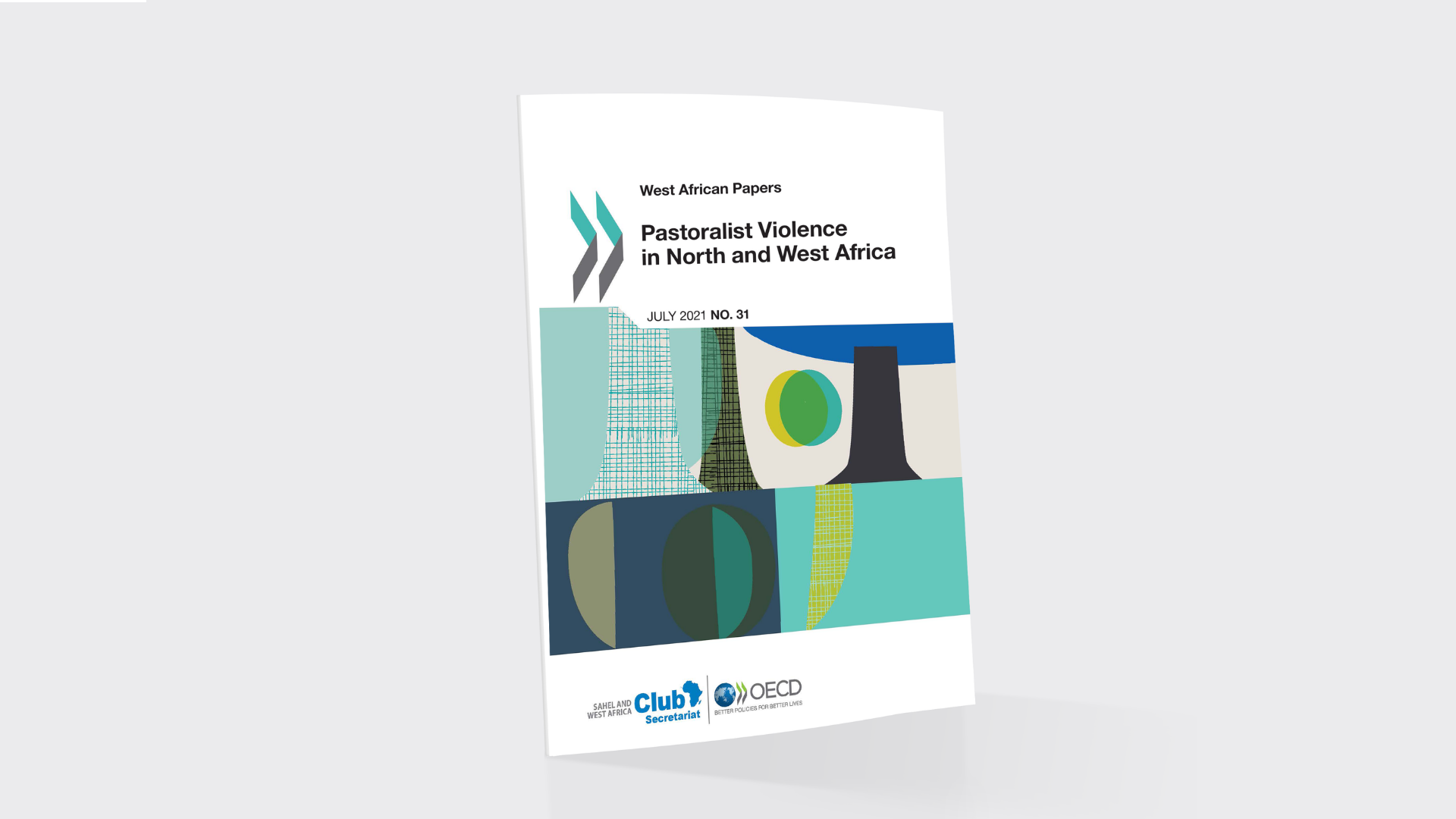
This West African Paper examines the geographical and temporal evolution of violence in which pastoralists are engaged. Pastoralist violence is widespread in the region, and has both expanded and intensified, as is evidenced by the rapid increase in the number of events and fatalities over the past decade.
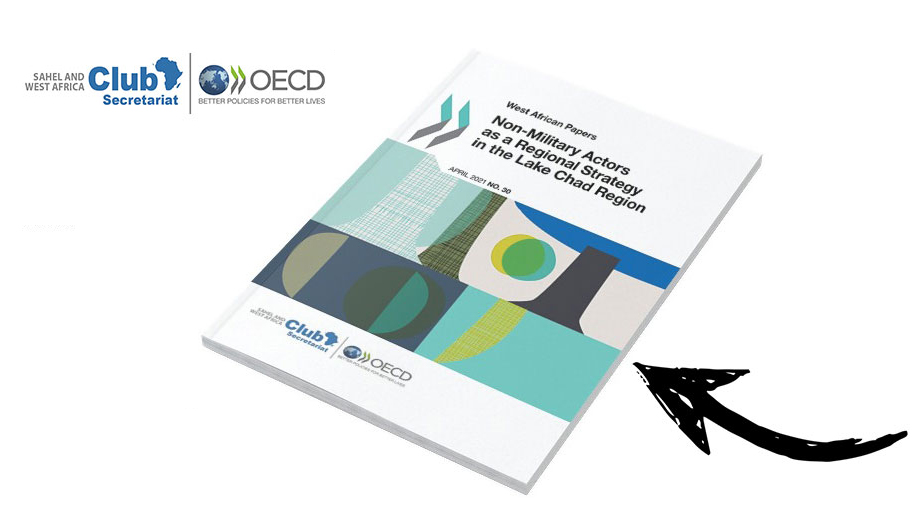
The most recent West African Paper examines the regional strategies employed to counter extremism in the Lake Chad Basin region. Through the example of the Lake Chad Basin Commission (LCBC), the paper highlights the importance of non-military actors in shaping African regional military strategies. Regional peace and security frameworks have principally placed emphasis on member countries’ militaries and their institutions. Unfortunately, such an approach has not been sufficient in countering transnational terrorist threats. There is a need to incorporate more local actors in regional security frameworks, thus improving civil military relationships, while also reinforcing the capacity of member states in combatting Boko Haram and other violent groups.
Find out more | Listen to the author: Role of non-military actors | Challenges of the Regional Stabilisation Strategy

This report maps the evolution of violence in North and West Africa, illustrating the variations in the intensity of conflicts as well as their often transnational concentration or dispersion. It examines conflict networks and the evolution of rivalries and alliances through an innovative approach – dynamic analysis of social networks. This new approach provides both a temporal and spatial analysis that feeds reflection on stabilisation strategies and their sustainability. This publication builds on the previous work in, Geography of Conflict in North and West Africa is the result of the collaborative effort between the SWAC Secretariat and the Sahel Research Group of the University of Florida. We will be planning a number of webinars touching on topics that are at the centre of security challenges. Find out more

African governments are increasingly confronted with new forms of political violence. The situation is particularly worrying in the Sahara-Sahel where violence is on the rise. This degrading security situation has prompted African countries and their partners to intervene militarily to stabilise the region and to prevent the spread of extremism and violence against civilians. However, these initiatives face many obstacles due to the transnational nature and geography of violence. The Geography of Conflict in North and West Africa maps the evolution of violence across North and West Africa, with a particular focus on Mali, Lake Chad and Libya. This work is carried out in partnership with research centres, notably through a memorandum of understanding with the University of Florida’s Sahel Research Group.

At the invitation of the Munich Security Conference, the SWAC/OECD Secretariat hosted a side event on 14 February dedicated to the launch of their new report The Geography of Conflict in North and West Africa. The launch was the only event organised by the OECD as part of the Conference. Thirty-five leaders with various profiles (United Nations, NATO, government, private sector) attended the event. In his remarks, OECD Secretary-General Angel Gurría set the stage for the security situation in North and West Africa. The last five years were the most violent ever recorded in the region with over 16 000 violent incidents and 60 000 fatalities through to end 2019. Such a rise in violence calls for regional policy responses to pay more attention to the geography of conflicts, to the unpredictable dynamics of political violence, and to the complex interactions between all the actors involved.
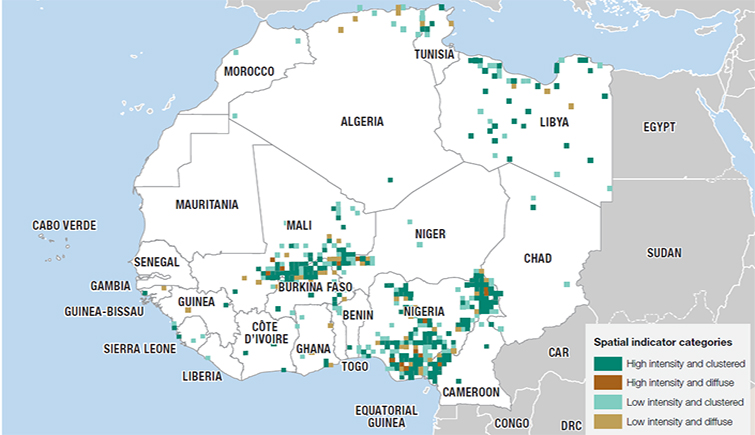
The new Spatial Conflict Dynamics indicator (SCDi) maps the changing geography of violence in North and West Africa and assesses its evolution over time (from 1999 until today). It incorporates two fundamental spatial dimensions: intensity, or the amount of violence within a region, and concentration, or how violent events are distributed within the region. A focus is made on three areas: Libya, the Central Sahel and Lake Chad.

The number of civilian victims of West African conflicts now exceeds the number attributed to battles between the government and armed groups. This development is leading to an increase in violence against women, who are often the first victims of identity struggles. Women also participate in acts of violence, particularly through suicide attacks in the Lake Chad basin. Of the 395 suicide attacks that occurred from June 2011 to August 2019, 80 were carried out by women. However, this phenomenon has been declining sharply due to the loss of territorial control of Boko Haram since the mid-2010. This West African Paper underlines the need to implement counter-insurgency strategies that protect populations, especially women.

The stability of Sahelian countries and the capacity of their governments to manage social change and resulting tensions have major security implications for migration flows, economic development, and health concerns both for local people and for the broader international community. This paper offers a broad overview of the current situation in the Sahel paying attention to the intersecting and overlapping issues of security and development. It aims to contribute to contemporary policy discussions by offering evidence of how these dynamics have either changed or persisted across this centrally important region during the last several decades.
Find out more
-
The Geography of Conflict in North & West Africa: Mapping the evolution of violence in the region (brochure)
- Contemporary Civil-Military Relations in the Sahel (working paper)
- Political Settlements with Jihadists in Algeria and the Sahel (working paper)
- The unstable foundations of political stability in Chad (working paper)
- Defying the odds? Nigerien responses to foreign and domestic security challenges (working paper)
- An Atlas of the Sahara-Sahel:Geography, Economics and Security (publication)
